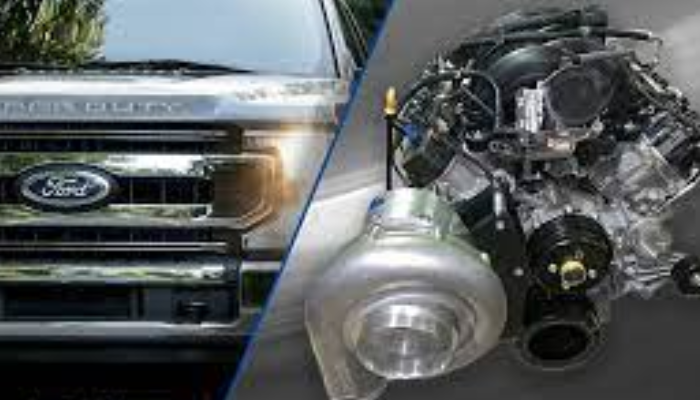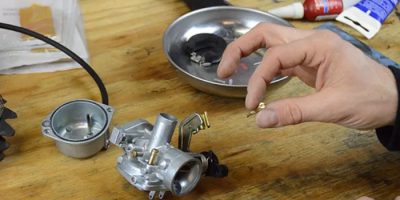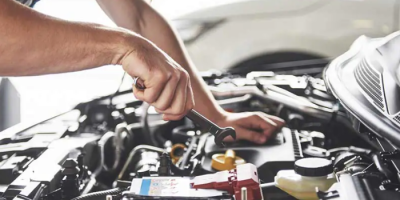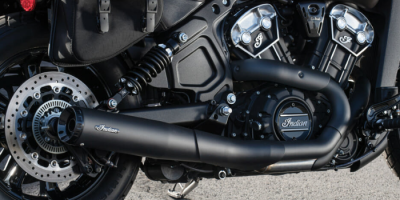The firing order of an engine is a key term in engine performance and maintenance. It is the order in which the spark plugs fire in order to ignite the fuel within the engine. This is important because it dictates the order in which the cylinders are supplied with fuel, and thus, the amount of power each cylinder has to contribute.
What is the Firing Order?
The firing order of an engine is the sequence in which the cylinders receive the spark from the spark plug. It is important for the engine to fire in the correct order to ensure a smooth, efficient running engine. The firing order is determined by the position of the piston in each cylinder.
This order is usually indicated on the engine itself or in the vehicle’s service manual. Generally, the firing order is 1-3-4-2. This means that the spark will fire in cylinder 1, then cylinder 3, then cylinder 4, and finally cylinder 2. This firing order is based on the cylinders being numbered from the front of the engine to the rear.
Effects of Incorrect Firing Order
An incorrect firing order can cause a number of problems in an engine. It can reduce the engine’s ability to achieve maximum power, reduce fuel efficiency, and cause excessive wear on the engine components.
Additionally, an incorrect firing order can cause an engine to misfire, which can cause further damage to the engine and other components, such as the catalytic converter and spark plugs. It is important to make sure that the firing order is correct in order to ensure optimal engine performance. If the firing order is not correct, it is important to have it corrected immediately in order to avoid further damage.
Role of Firing Order in Engines
Firing order plays an important role in engines, as it determines the timing of each cylinder in the engine’s combustion cycle. It is the order in which the spark plugs of each cylinder fire, and is typically expressed as a series of numbers. A common firing order for a standard 7.3L engine is 1-2-7-3-4-5-6-8. This order helps to ensure that the engine runs smoothly and efficiently.
The firing order allows the engine to fire cylinders in the correct sequence and helps to reduce the amount of vibration that is created by the engine. It also ensures that there is an even distribution of power throughout the engine, promoting an event, smooth running engine.
Advantages of Specific Firing Orders
One of the most important advantages of using a specific firing order is that it helps to ensure that a consistent and predictable power output is achieved.
This is especially important in engines with high compression ratios, where even a slight variation in the firing order can cause a significant drop in power output. Additionally, engines with specific firing orders are able to burn fuel more efficiently, resulting in increased fuel economy and lower emissions. This is because different firing orders cause different levels of air and fuel mixture turbulence which affects the combustion of the fuel.
A specific firing order helps to ensure that the air and fuel mixture is more consistent, resulting in more efficient combustion and reduced fuel consumption. Finally, a specific firing order also helps to reduce engine vibration, noise, and wear, resulting in smoother and quieter operation.
Importance of the 7.3 Firing Order
Firing order is an important factor when it comes to the efficient functioning of an engine. The 7.3 firing order is the sequence that the spark plugs fire in a seven-cylinder engine. It is a very important element in engine operation, as it determines how the engine runs and how much power is produced. Firing order is essential in providing smooth and efficient combustion. It also affects how the engine runs at different speeds and under various load conditions.
The firing order for the 7.3 engine is 1-3-7-2-6-5-4. It is important to keep this sequence in order to ensure the proper functioning of the engine. The firing order is also important for diagnosing engine problems as it can help pinpoint the source of a problem. Additionally, it is important to use the same firing order for every cylinder so that the engine runs evenly and efficiently. Therefore, it is important to understand the importance of the 7.3 firing order and how it affects the overall performance of the engine.
How is the 7.3 Firing Order Determined?
The 7.3 firing order is determined by the cylinder arrangement of the engine. The firing order is the sequence in which the spark plugs fire, providing the power that moves the vehicle. The 7.3 firing order is specifically designed to provide maximum power output, while keeping emissions and vibrations at a minimum.
The firing order is determined by the engine’s crankshaft, which has a series of connecting rods that are connected to the piston. As the crankshaft turns, the connecting rods cause the pistons to move up and down in the cylinder, and the spark plugs fire in a specific sequence.
The 7.3 firing order is 1-2-7-3-4-5-6-8, with the number representing the cylinder in which the spark plug is located. The firing order is essential for the engine to run efficiently and smoothly. If the firing order is incorrect, the engine will misfire, causing a rough idle, poor fuel economy, and increased emissions.
Conclusion
The 7.3 firing order is essential for any vehicle equipped with a 7.3L Ford engine. Understanding and correctly setting the firing order will help you get the most out of your engine and minimize repair costs. Having an understanding of the 7.3 firing order will also help you troubleshoot any misfiring or engine problems that may arise. With the correct firing order set, you can be sure that your engine will be running at its peak performance.




















Comments